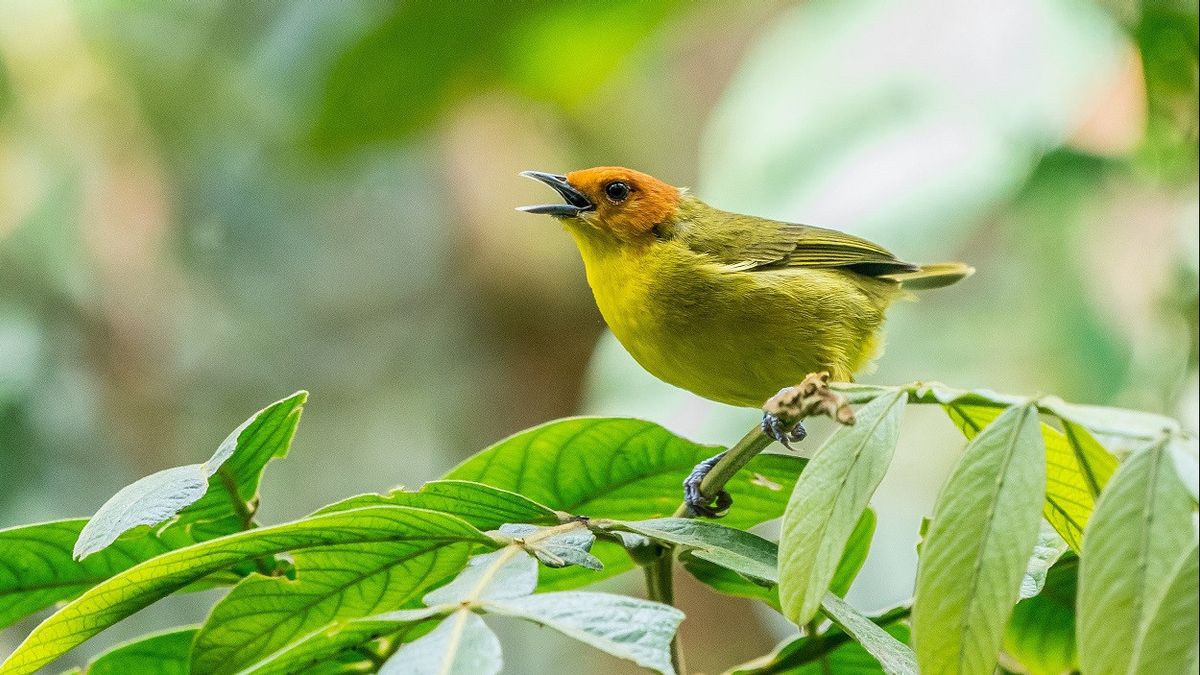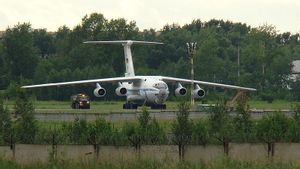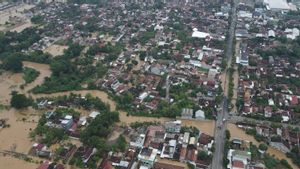JAKARTA - Humans play a role in the extinction of about 1,400 bird species, double the number previously thought, according to a recent study.
This number is equivalent to one in nine or 12 percent of the species lost throughout modern human history, according to the UK Center for Ecology & Hydrology (UKCEH).
Deforestation, overburry, and the entry of invasive species are some of the main threats posed by humans since the Final Pleistocent period about 130,000 years ago.
"Humans rapidly destroy bird populations through habitat loss, excessive exploitation and the entry of mice, pigs to dogs that attack bird nests and compete with them for food," said study lead author Dr. Rob Cooke, quoted by Euronews January 20.
Furthermore, it is said, climate change, intensive agriculture and pollution have added to this threat over the past century.
The researchers used statistical modeling based on known bird extinction to estimate an undiscovered extinction, using New Zealand as a case study.
Thanks to the remains of all the well-preserved birds in the country, this is the only place in the world where pre-human bird fauna is believed to have been fully known.
"We show that many species went extinct before written records and left no traces, missing from history," Cooke said.
This has "big implications for the current biodiversity crisis," said another study author Dr. Srypten Faurby of Gothenburg University.
"The world may not only lose a lot of interesting birds but also their diverse ecological roles, which most likely include key functions such as seed spread and pollination," he explained.
"This will have a bad impact on the ecosystem so that, apart from bird extinction, we will also lose a lot of plants and animals that depend on this species to survive," he said.
Among the endangered species are the iconic Dodo in Mauritius, the Great Auk in the North Atlantic and the poorly known Saint Helena Giant Hoopoe.
There are 640 bird species known to have been extinct since the late Pleistosen era, 90 percent of which live on human-inhabited islands, according to research published in 'Nature Communications'.
It is estimated that 790 other unidentified species have joined them. Only about 50 of them died naturally, according to Cooke.
During the 14th century, the study estimated 570 bird species missing after humans arrived in the East Pacific islands such as Hawaii and Cook Islands. This is nearly 100 times the natural extinction rate and has the potential to be the largest vertebrate extinction event human-induced in history, according to researchers.
SEE ALSO:
It is known, currently only 11,000 bird species remain, with 700 other species likely threatened with extinction in the next few hundred years.
"Whether the bird species will become extinct or not, it depends on us," Cooke said.
"The recent conservation has saved some species and we must now step up efforts to protect birds, with habitat restoration led by local communities," he said.
The English, Chinese, Japanese, Arabic, and French versions are automatically generated by the AI. So there may still be inaccuracies in translating, please always see Indonesian as our main language. (system supported by DigitalSiber.id)


















